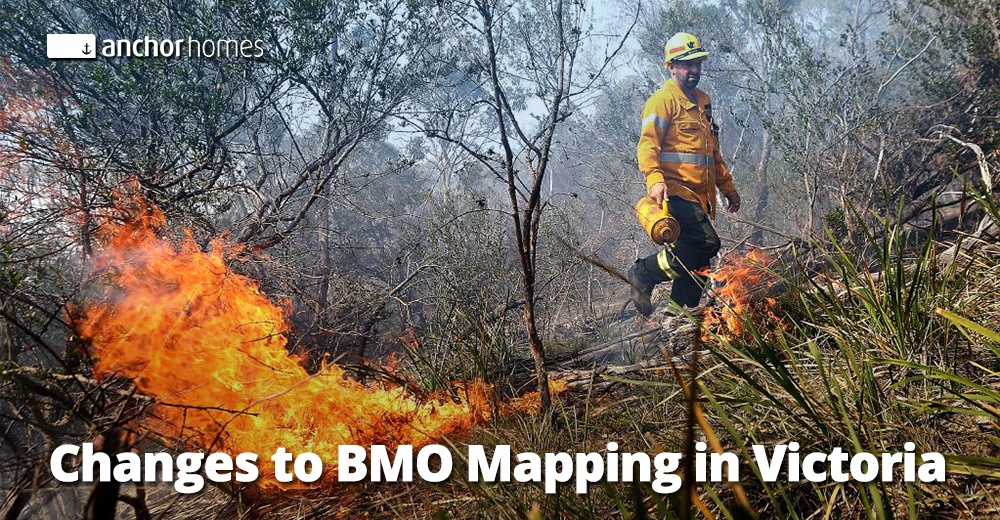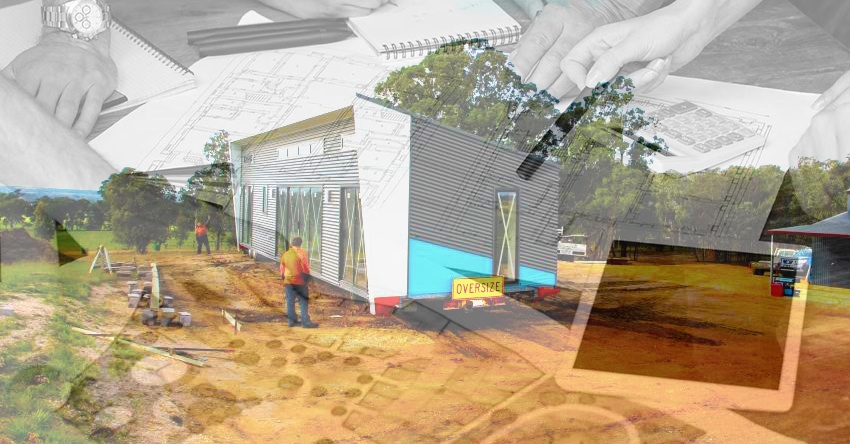 The Bushfire Management Overlay (BMO) applies to properties throughout Victoria that are situated in areas that may be significantly affected by bushfire.
The Bushfire Management Overlay (BMO) applies to properties throughout Victoria that are situated in areas that may be significantly affected by bushfire.
Late last year, the Minister for Planning approved a significant revision of BMO mapping across the state – so what does this mean for you if you’re building a new home?
Understanding if your property falls within a Bushfire Management Overlay is important as it can be the difference between requiring town planning or not.
The town planning process can add extra time and cost to your project, and it’s a good idea to know from the start if the BMO applies.
So, if you’re planning on building a new home in Victoria, here’s what you need to know about the changes to BMO mapping.
The BMO Mapping Revisions Explained
The BMO mapping criteria was developed as part of the Victorian Government’s commitment to implement the recommendations of the 2009 Victorian Bushfire Royal Commission. Set in partnership with the CFA and CSIRO, the updated criteria has also been applied in consultation with local councils.
The recent revisions have resulted in the addition of around 108,000 properties that have been identified as at risk, and the removal of approximately 17,000 that have been deemed to no longer fit the criteria.
If a dwelling on your existing property is now included, you don’t need to do anything – however, if you decide to build a new home in the future, you’ll need to satisfy the necessary requirements of the overlay to receive planning approval.
How the BMO Changes Affect Your Project
 Whether you are building a modular home or a conventional one, if a BMO applies to your land, there are some additional steps you’ll need to take before construction can commence.
Whether you are building a modular home or a conventional one, if a BMO applies to your land, there are some additional steps you’ll need to take before construction can commence.
The overlay triggers the need for town planning, which means you’ll need to add extra time to your project. How long depends on the individual application, but it usually takes approx. 3 months.
You may also need to obtain a Bushfire Management Statement (BMS), which is a detailed report that specifies the risk of bushfire attack to your property.
It will detail any special requirements you need to implement, such as vegetation removal, installing a water tank or CFA access into your property. The BMS may also require approval from the CFA.
Meeting the recommendations can result in added construction costs in BAL compliance, so be sure to factor this in to your budget if your property is under the BMO. Your builder will be able to give you some indications on the likely compliance costs.
Where Can You Find Out More?
Whether you’ve already purchased your block or have your eye on something and are keen to make an offer, you can search the property address online to find out if it is covered by any overlays. If your land is shown as BMO or WMO on the planning scheme map, the Bushfire Management Overlay applies.
It’s best to then talk to your builder, who can provide you with specific details applicable to your land.
They’ll advise you on the steps you need to take to satisfy any requirements and assist you to ensure the process is as fast and stress-free as possible. You can also check out this short video to find out more about the BMO and how it affects landowners.
Final Word on the Revised BMO
If a BMO applies to your land, it can be a challenge, but one that is easily overcome. Talk to your builder, as they have helped many others in the same situation navigate the planning application process and obtain the necessary reports to satisfy any overlay requirements.
Over to You
Do you have a question about the changes to the BMO? We’d love to hear from you!
